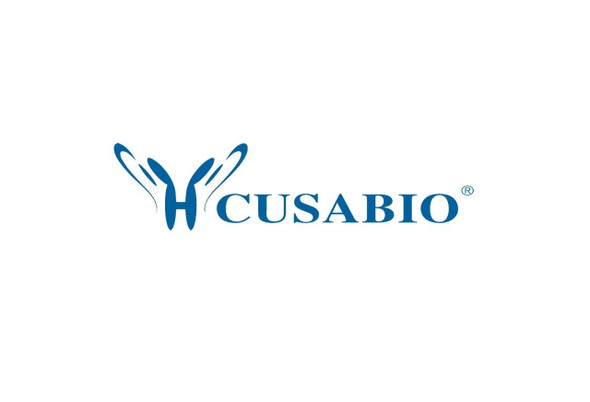Cusabio Human Recombinants
Recombinant Human Laminin subunit beta-2 (LAMB2), partial | CSB-RP142794h(c)
- SKU:
- CSB-RP142794h(c)
- Availability:
- 13 - 23 Working Days
Description
Recombinant Human Laminin subunit beta-2 (LAMB2), partial | CSB-RP142794h(c) | Cusabio
Alternative Name(s): Laminin B1s chain;Laminin-11 subunit beta;Laminin-14 subunit beta;Laminin-15 subunit beta;Laminin-3 subunit beta;Laminin-4 subunit beta;Laminin-7 subunit beta;Laminin-9 subunit beta;S-laminin subunit beta ;S-LAM beta
Gene Names: LAMB2
Research Areas: Cell Adhesion
Organism: Homo sapiens (Human)
AA Sequence: PDSIEMVATRVLELSIPASAEQIQHLAGAIAERVRSLADVDAILARTVGDVRRAEQLLQDARRARSWAEDEKQKAETVQAALEEAQRAQGIAQGAIRGAVADTRDTEQTLYQVQERMAGAERALSSAGERARQLDALLEALKLKRAGNSLAASTAEETAGSAQGRAQEAEQLLRGPLGDQYQTVKALAERKAQGVLAAQARAEQLRDEARDLLQAAQDKLQRLQELEGTYEENERALESKAAQLDGLEARMRSVLQAINLQVQIYNTCQ
Source: E.coli
Tag Info: N-terminal 6xHis-tagged
Expression Region: 1530-1798aa
Sequence Info: Partial
MW: 33.3 kDa
Purity: Greater than 90% as determined by SDS-PAGE.
Relevance: Binding to cells via a high affinity receptor, laminin is thought to mediate the attachment, migration and organization of cells into tissues during bryonic development by interacting with other Extracellular domain matrix components.
Reference: Human laminin beta2 deficiency causes congenital nephrosis with mesangial sclerosis and distinct eye abnormalities.Zenker M., Aigner T., Wendler O., Tralau T., Muentefering H., Fenski R., Pitz S., Schumacher V., Royer-Pokora B., Wuehl E., Cochat P., Bouvier R., Kraus C., Mark K., Madlon H., Doetsch J., Rascher W., Maruniak-Chudek I. , Lennert T., Neumann L.M., Reis A.Hum. Mol. Genet. 13:2625-2632(2004)
Storage: The shelf life is related to many factors, storage state, buffer ingredients, storage temperature and the stability of the protein itself. Generally, the shelf life of liquid form is 6 months at -20?/-80?. The shelf life of lyophilized form is 12 months at -20?/-80?.
Notes: Repeated freezing and thawing is not recommended. Store working aliquots at 4? for up to one week.
Function: Binding to cells via a high affinity receptor, laminin is thought to mediate the attachment, migration and organization of cells into tissues during embryonic development by interacting with other extracellular matrix components.
Involvement in disease: Pierson syndrome (PIERSS); Nephrotic syndrome 5 with or without ocular abnormalities (NPHS5)
Subcellular Location: Secreted, extracellular space, extracellular matrix, basement membrane
Protein Families:
Tissue Specificity:
Paythway: PI3K-Aktsignalingpathway
Form: Liquid or Lyophilized powder
Buffer: If the delivery form is liquid, the default storage buffer is Tris/PBS-based buffer, 5%-50% glycerol. If the delivery form is lyophilized powder, the buffer before lyophilization is Tris/PBS-based buffer, 6% Trehalose, pH 8.0.
Reconstitution: We recommend that this vial be briefly centrifuged prior to opening to bring the contents to the bottom. Please reconstitute protein in deionized sterile water to a concentration of 0.1-1.0 mg/mL.We recommend to add 5-50% of glycerol (final concentration) and aliquot for long-term storage at -20?/-80?. Our default final concentration of glycerol is 50%. Customers could use it as reference.
Uniprot ID: P55268
HGNC Database Link: HGNC
UniGene Database Link: UniGene
KEGG Database Link: KEGG
STRING Database Link: STRING
OMIM Database Link: OMIM


-SDS__37687.1638526759.jpg?c=1)

-SDS__37687.1638526759.jpg?c=1)




